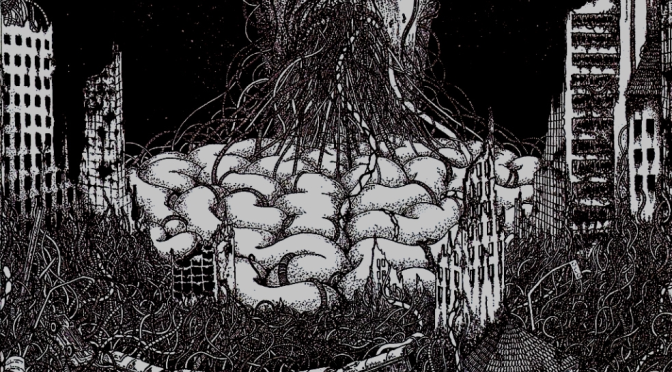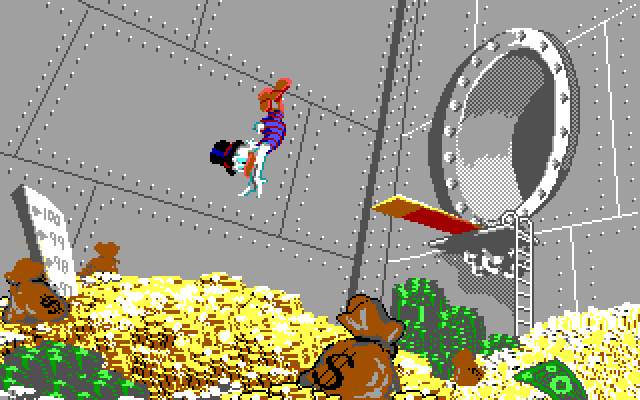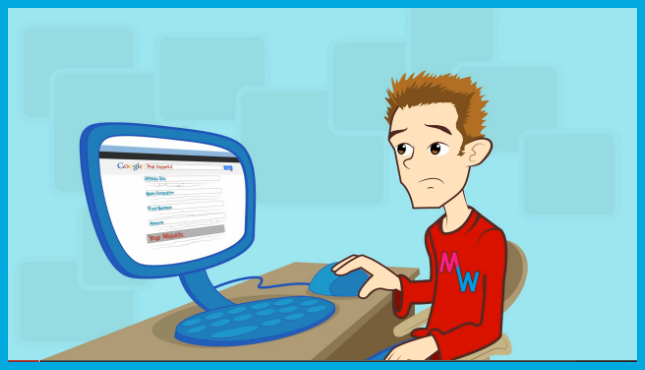Carry on.
Does WMT ‘Crawl Representative URL’ Transfer Link Equity?
This is a case I encountered recently, and I struggled with for a while. To keep things quick – I was working with a fairly baroque faceted navigation which had attracted a substantial amount of external links to category URLs containing tracking parameters.
The canonical tag was holding everything together link equity wise, but the crawl inefficiency was staggeringly bad. While we could use robots.txt directives, this would likely kill the site’s organic performance – no crawl, no canonical, no value passing external links.
Fun With Unnatural Outbound Links Penalties
On March 20th, 2014 (hint), I received the following message for one of my sites:
Unnatural outbound links. Excellent. To be clear, this domain does have outbound links that were probably placed with the intent of manipulating PageRank. It’s irredeemably bad, a running joke. Google did the right thing penalising it. I’ve been waiting for this.
Why?
Well, I’ve never seen an outbound link penalty before, and I’d like to see if I can shift the penalty using a technique that probably shouldn’t work.
Ecommerce Linkbuilding Through Product Mentions
This method works best with anyone who sells uniquely named products. It can work for people drop shipping, and affiliates with decent deals. What we aim to do with this method is fairly simple. In an ideal world, we would be able to find people talking about having purchased a product your client sells from your client. As it’s not an ideal world, we’re going to settle for “web pages that have mentioned both a product your client sells and your client”.
Method:
Get a complete list of products your client sells. You should be able to get this either from your client or by scraping using something like Screaming Frog.
Preventing Tiered Link Spam
Tiered linkbuilding works. In short – there are links to your website (either self-created or organic), and using automated means you build links to these links to increase their power, hedge risk to your own domain, and rank. It’s easy to do, and very scalable (and Google hates it). Unfortunately it tends to not be too healthy for the domains linking to you. The domains you are using to launder your links take the brunt of the risk, without their knowledge. Last year I produced some recommendations for a Web 2.0 property being used as a Tier 1 site in tiered linkbuilding.
Link Audits with Rank Cracker
Matthew Woodward recently released his free tool “Rank Cracker“. Instead of using the software for it’s proscribed purpose of making it easier to replicate competitor link profiles, I’m suggesting you consider trying it for link audits.
Let’s say you’re doing a link audit for someone who’s been hit for less-than-clean link building. Automated tools are frowned upon. Rank Cracker is supposed to identify links that can be built with automated tools. This is good.





